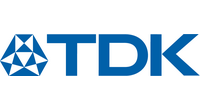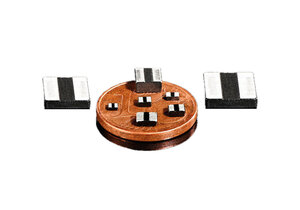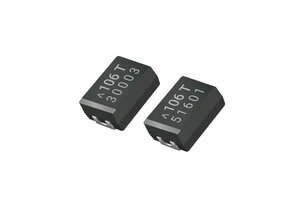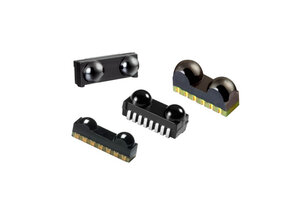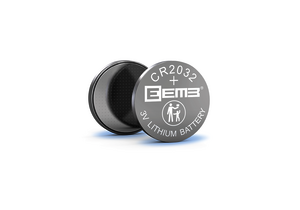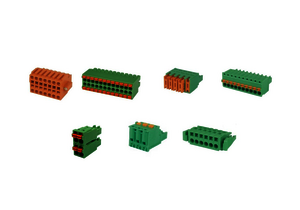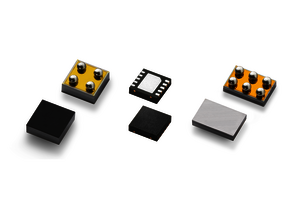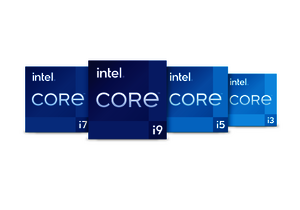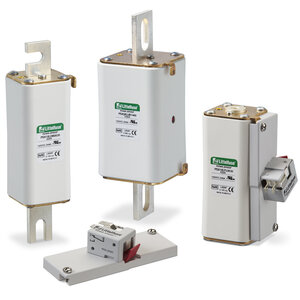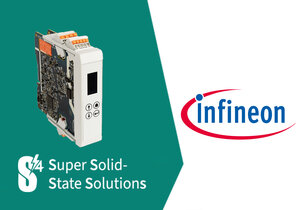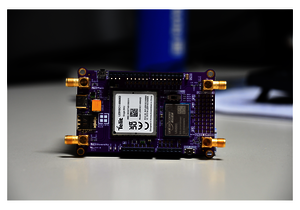From discrete to highly complex, from diodes to microcontrollers: Our catalog of over 200,000 products covers the entire spectrum of semiconductors.

As a broadline distributor, we offer an extensive selection of resistors, capacitors, and inductors in various designs.

Rutronik moves electronics: Find out more about our expert advice and high-quality solutions.

Our comprehensive 360-degree product mix ensures to provide all the essential components for your project, including environmentally-friendly, energy-saving and customizable high-performance displays and monitors.

Perfectly matched boards and systems from Rutronik: Ranging from boards, processors, and power supplies to embedded systems and accessories, we have the ideal solutions for your project.

The appropriate storage solution for your application: Our product portfolio includes hard disks, flash memory, DRAM modules, and optical drives and our experts advise you on selecting the most suitable technology.

Rutronik System Solutions combines the most powerful and functionally suitable components for its developer boards. The aim is to shorten the time-to-market for our customers and to increase their freedom of choice in research and pre-development.

Our experts are always one step ahead: The Rutronik Wireless Competence Center excels in mastering all aspects of protocols, profiles, high-frequency hardware, and radio certifications.

Rutronik IT Electronics offers all components required for the construction of PCs and data centers.

We present an outstanding selection of around one million products covering the entire spectrum of electronic components, ensuring we meet all your individual needs.
Electronics that shape the future – visit our store and discover a wide array of electronic components.

Overview of Suppliers
Quality, variety, and delivery reliability to meet your needs: Benefit from Rutronik's excellent supplier portfolio forged through decades of experience – and get to know our suppliers.
Innovations and highlights from the electronics industry: Always be up to date by reading our latest Product News.
Tiny, fully shielded SMD power inductors: The new T-series from knitter-inductive - new at Rutronik
The new ICSIxxxxxxTxSHyST12 series from knitter-inductive expands the Rutronik portfolio of SMD power inductors. The series impresses with a wide…
Robust polymer capacitors for automotive applications: Rutronik introduces extended TCO and TCQ series from Kyocera AVX
Kyocera AVX is expanding its TCO and TCQ series of polymer capacitors, which are ideal for use in demanding automotive applications. Customers benefit…
Upgrade for existing solutions: Vishay's improved IR transceiver modules of the TFBS4xx and TFDU4xx series - new at Rutronik
Rutronik is now stocking the improved IR transceiver modules from Vishay. The TFBS4xx and TFDU4xx series feature the latest in-house IC and surface…
Optimum price-performance ratio for harsh environments: Y2/X1 film capacitors of the R41P series from KEMET at Rutronik
In addition to the R41T, KEMET is launching the R41P, a Y2/X1 film capacitor whose smaller size (40% smaller than the R41T) is particularly impressive…
3.0 V primary battery for portable, small electronic devices: Rutronik offers Li-MnO2 button cells in customizable blister packs from EEMB
The CR2032 lithium manganese dioxide cells from EEMB are available in blister packs of 5, which – depending on the project volume – can be customized…
For high-temperature applications: Terminal blocks from Amphenol IPG Anytek - now at Rutronik
The terminal blocks from Amphenol's IPG Anytek series have been added to Rutronik's connector portfolio with immediate effect. Available in different…
Best performance with ultra-low consumption: Integrated LQ050XX load switch ICs from Littelfuse – now at Rutronik
Equipped with state-of-the-art technology, Littelfuse's LQ050XX integrated load switch ICs offer the industry's highest performance with ultra-low…
From desktop to the edge: Rutronik expands its range of 14th generation Intel® Core™ desktop processors
Intel's 16 new Intel® Core™ desktop processors offer a wide range of options that are ideal for both mainstream PC users and businesses in various…
High-speed protection for battery storage systems: Rutronik introduces fuses of the PSX series from Littelfuse
The PSX series from Littelfuse expands Rutronik's range of high-speed fuses and is part of the fast-growing future market <a…
High power density and active balancing: KYOCERA AVX's SCM series of Supercapacitor modules – at Rutronik
With the Supercapacitor modules of the SCM series from KYOCERA AVX, Rutronik offers extremely robust components for industrial applications that…
Rutronik System Solutions
Rutronik is much more than just a reliable logistics service provider: Our extensive product portfolio is paired with in-depth expertise, ensuring we thoroughly understand the challenges and needs of the industry. Through Rutronik System Solutions, we are amplifying these competencies, transforming our vision into tangible reality. Rutronik System Solutions combines top-draw products based on their features and performance, aiming to craft innovative, premium-grade solutions.

Overview of Upcoming Events
Shaping the future through exchange: Our events foster ideas, strengthen partnerships, and make new contacts. We invite you to get in touch with us.
Nuremberg, Germany
Discover the latest news from Rutronik: Insights into our company, trends, and expert knowledge on relevant topics. Stay informed and inspired!
Metaverse - Hardware for a world of data
The metaverse is poised to become the “next big thing”. However, high-performance hardware is needed to make virtual worlds happen. This also applies…
Infineon’s super solid-state solutions (S4) for smart power distribution
A century ago, the first electro-mechanical circuit breakers emerged. Today, the era calls for a transition to smart and intelligent solid-state…
Infineon Matter: Connecting different products, protocols, and ecosystems into a smarter home
As the number of smart home devices increases, the interoperability between the different products, ecosystems and protocols gets more complicated.…
TDK: Fast Rotary Position Hall-sensors with Stray-Field Immunity
The HAL 302x family from Micronas is designed to meet the demand for robust motor position sensing in environments with stray magnetic fields, while…
Rutronik System Solutions - The distributor as a development and research laboratory
While Rutronik is celebrating its 50th anniversary, Rutronik System Solutions is turning two. This relatively young segment allows the distributor to…
Microcontroller for high-end industrial equipment - Robotics and industrial drives require technical diversity, maximum processing power, and a high level of security
Industrial plants pose numerous development challenges. To overcome them, the right microcontroller is crucial in addition to extensive up-front…
New Adapter Board RAB4 from Rutronik System Solutions enables centimeter-precise positioning in real-time
Precise positioning has become increasingly important in many areas and applications. Real-Time Kinematic (RTK) offers significantly greater accuracy…
Thermal management - Everything you need to know about fans
For the proper functioning and longevity of electronic systems, the maximum operating temperature of any component must not be permanently and/or…
Leading manufacturers, Rutronik IT Electronics, and Rutronik System Solutions: Rutronik presents state-of-the-art components and future-oriented system solutions at embedded world 2024
From vehicles and intelligent production lines to household appliances: Today's world interacts with each other, is intelligent and connected. In this…
Smart Home - Energy-efficient IoT with radar sensors
By combining radar technology and IoT sensors, the smart home not only becomes safer and more comfortable but also more energy efficient.

News, offers, new products and much more
Everything about the latest technologies and news from the world of electronic components and much more: With the Rutronik newsletter you are always up to date.
The journey towards innovation and success commenced in 1973. Our decades-long experience showcases our expertise and innovative prowess and continues to impress our customers.
Our highly committed employees are at the heart of our success. With around 1,900 colleagues, we dedicate ourselves daily to developing exceptional solutions for our customers, blending expertise and innovation.
With 76 branch offices worldwide, we have established a global network that ensures first-class service. We offer a local presence in Europe, Asia, and North America for our customers.
Rutronik was founded in 1973 and for more than five decades the independent family-owned company based in Ispringen (Germany) stands for sustainable growth. With a focus on high-growth future markets, Rutronik generated sales of 1.243 billion euros in the fiscal year 2023.



























